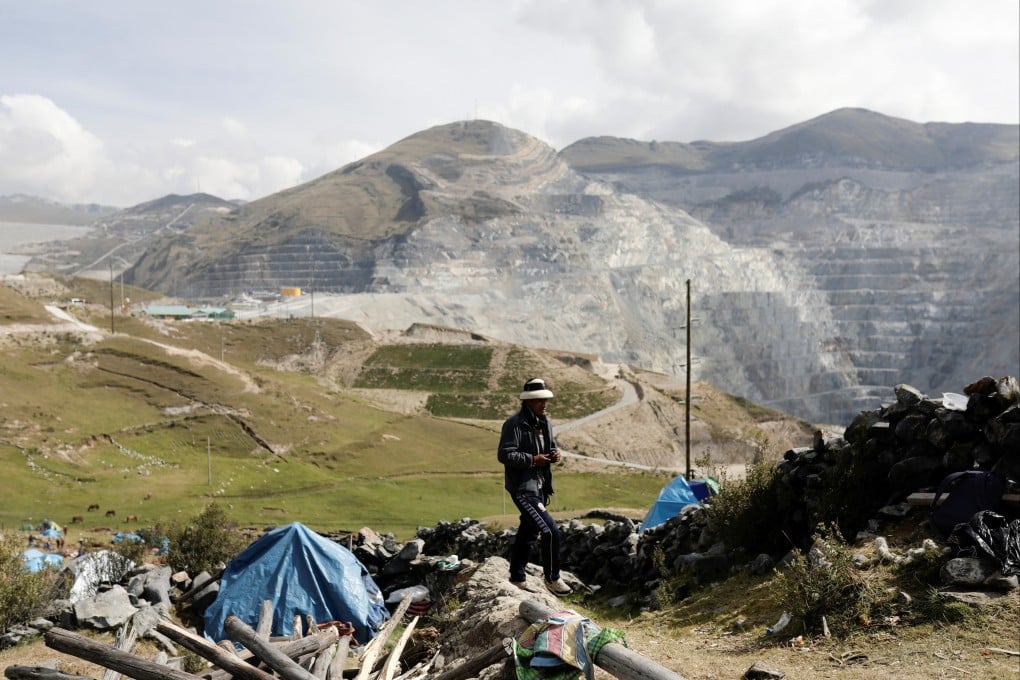Advertisement
Outside In | How the clean energy transition exposes the world to new vulnerabilities
- The copper, cobalt, lithium, nickel and rare earths powering clean tech are controlled by a handful of producer countries, causing supply chain insecurities
- It also comes with rising environmental costs in mining, especially with degrading ores, and the need to deal with waste, such as that from electric vehicle batteries
Reading Time:4 minutes
Why you can trust SCMP
2

As we begin the transition from fossil fuels towards clean energy, we are in danger of replacing the existential threat of global warming with a new and pernicious vulnerability. A cluster of minerals, such as copper, cobalt, lithium, nickel and rare earths, at the heart of clean technologies is poised to create pressure points – and a suite of challenges for protectionists and the increasingly powerful security community to wring their hands over.
This trade-off has been driven home by Russia’s cynical manipulation of natural gas supplies to Europe. As Europe struggles to reduce its reliance on Russian gas, it has been made painfully aware that the transition to non-fossil fuels could take a long time and lead to new areas of weakness.
A recent International Energy Agency report warned: “While oil is a single commodity with a large, liquid global market, there are multiple minerals now in play for the energy sector, each with its own complexities and supply dynamics.” It noted that an electric car will require six times the mineral inputs of a conventional car, while a wind farm will require nine times that of a gas-fired power plant.
Advertisement
Given that we need to at least triple wind and solar power by 2040 to meet zero-emissions targets, and to grow the global electric vehicle fleet at least 25-fold, a colossal increase in demand for “clean energy minerals” is implied.
A 2020 World Bank report “Minerals for Climate Action” predicts that demand for graphite, lithium and cobalt is likely to rise by about 500 per cent by 2050, while demand for indium will be up 230 per cent and vanadium 190 per cent, with nickel doubling.
Advertisement
Advertisement
Select Voice
Choose your listening speed
Get through articles 2x faster
1.25x
250 WPM
Slow
Average
Fast
1.25x

